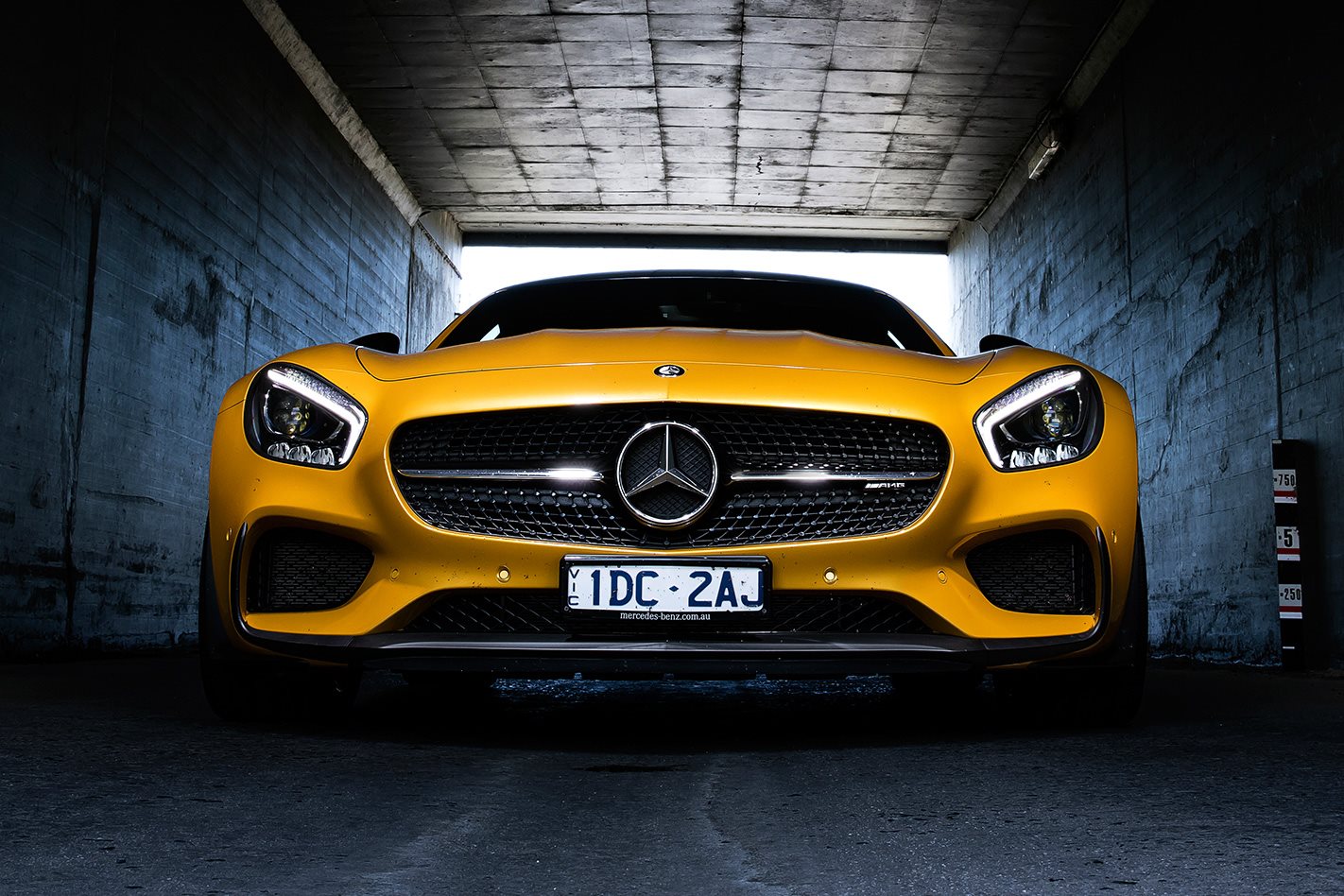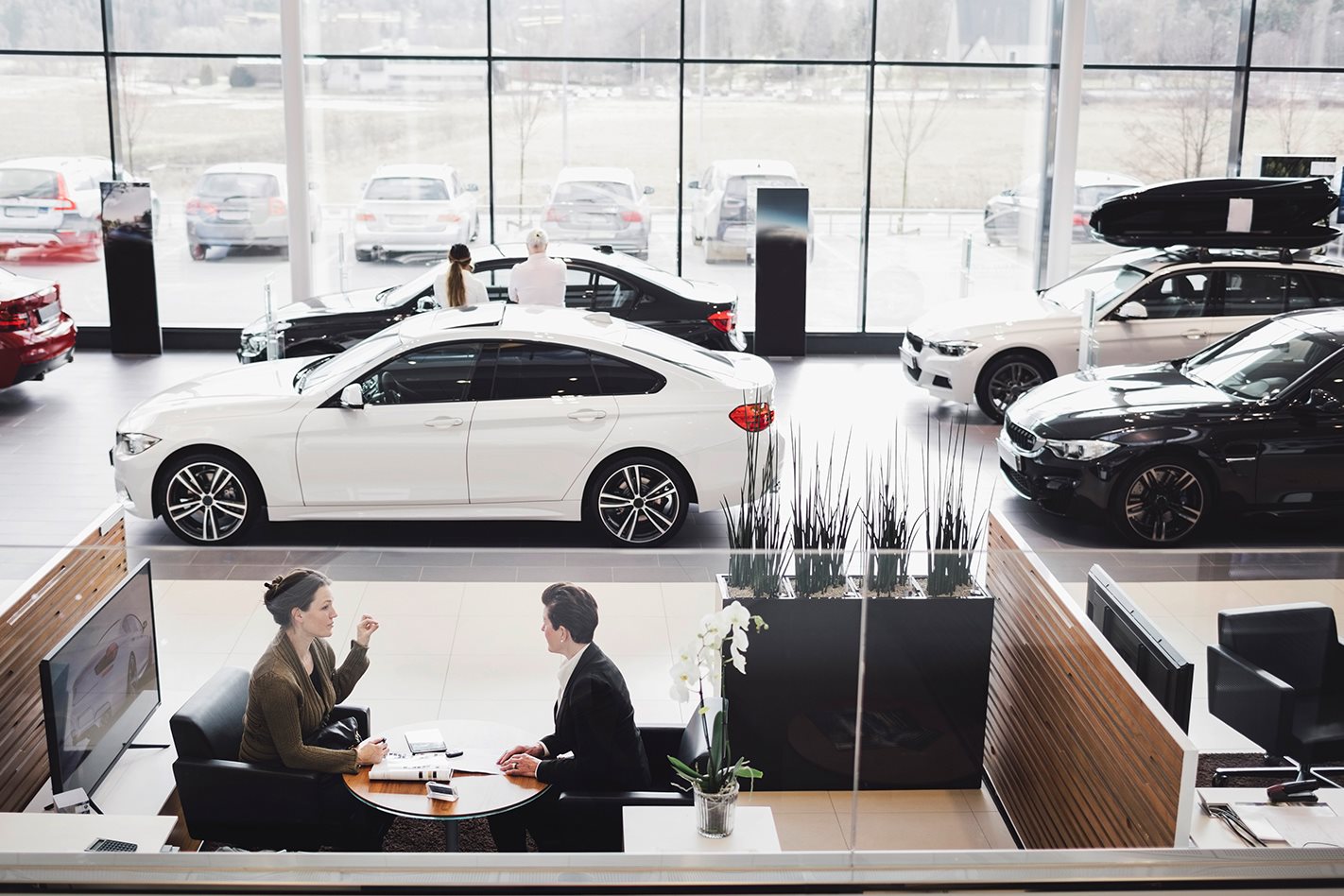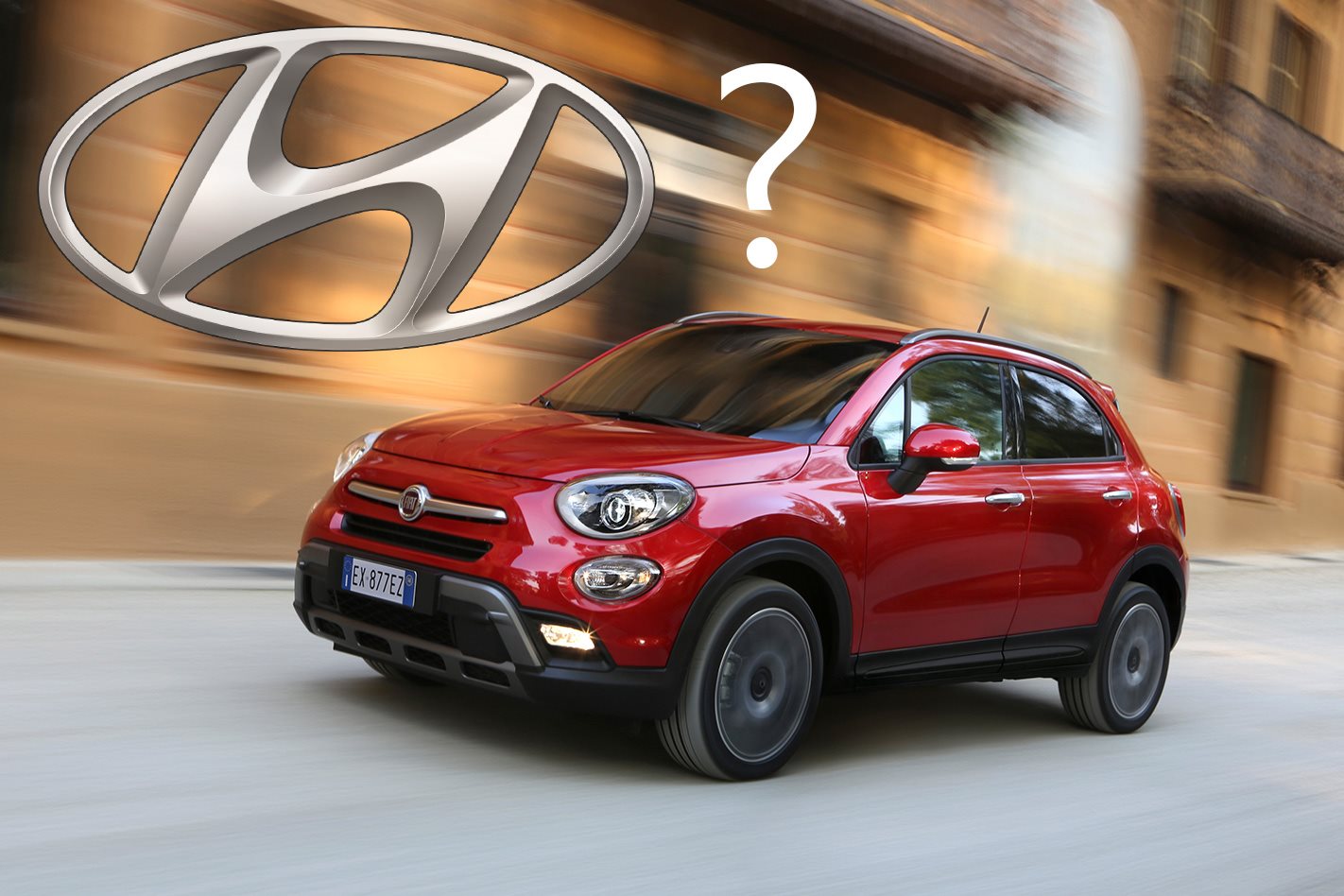Thirsty cars will soon become cheaper under upcoming changes to the controversial luxury car tax. But fuel efficient vehicles – including electric and hybrid cars – will not benefit nearly as much.
The Federal Government today announced that the price at which the 33 per cent tax kicks in will rise to $64,132 in the 2016-17 financial year for cars that use more than 7.0 litres of fuel per 100 kilometres, a rise of $948.
In contrast, the LCT threshold on fuel efficient models will rise by just $151 – the first time in seven years the tax’s tipping point for fuel-sipping cars has risen.
However, the gap between the fuel-efficient and fuel-thirsty LCT threshold has narrowed even further to just $11,394, compared with $17,820 in the 2009-10 financial year.
Mercedes-Benz senior manager of public relations, product and corporate communications David McCarthy told Wheels that while the German luxury brand was “very pleased” with the increase in the thresholds, narrowing the gap between them was sending the wrong message to luxury car buyers.
“It’s disappointing that the threshold for fuel-efficient vehicles has reduced in its relevance because of inflation [the figure that is used to set the LCT’s level],” McCarthy said.
“If it keeps going like this we could end up with the situation in five or six years where the luxury car tax on a fuel efficient vehicle is lower than that of a less-efficient vehicle.”
The tax is expected to earn the government about $570 million this financial year alone. However, the government flagged in its budget earlier this month that Australia’s appetite for luxury cars meant it would reap a $240 million bonus from the tax over the next four years.
“It continues to be disappointing that fuel-efficient vehicles haven’t been given a bigger break,” McCarthy said.
“The luxury car tax does become like a badge of honour for buyers because they are not paying luxury car tax … and no one likes paying extra tax. Do you want to give me the name of a person who does that?”





